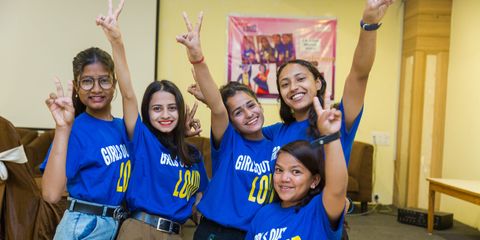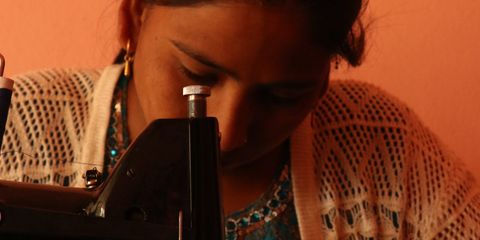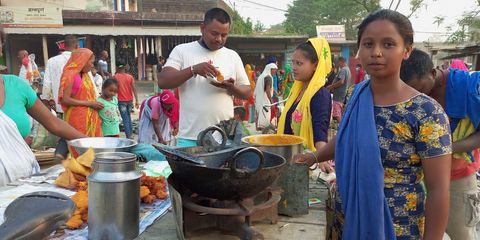Child protection network combats child trafficking in Nepal
In Nepal, a staggering 6 children are reported missing every day, according to the National Child Rights Council. While the majority are eventually reunited with their families, an alarming one-third remains missing, casting a shadow of despair over countless households.
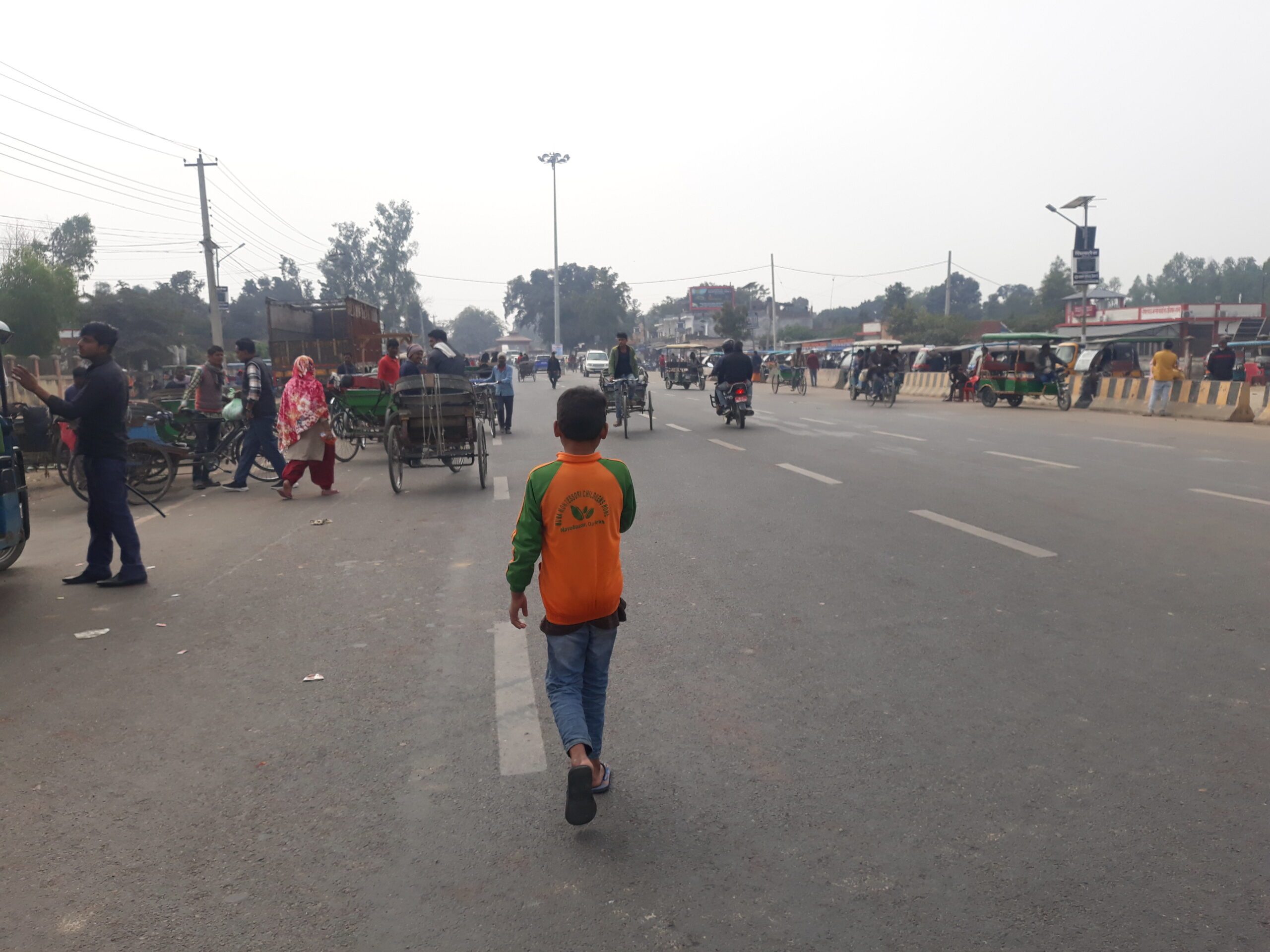
When 13-year-old Nizam* disappeared from his home, panic gripped his family. “Nizam left home early in the morning for school and did not return home. We were so worried about him and started searching for him. We asked his friends who did not know where he was so we filed a report at the district police office,” said Nizam’s mother.
“Nizam left home early in the morning for school and did not return home. We were so worried about him and started searching for him. We asked his friends who did not know where he was so we filed a report at the district police office.”
Nizam’s mother
The peril of human trafficking
Nepal is no stranger to human trafficking, with thousands of women and children falling victim to this menace each year. The motives behind trafficking range from forced labor to sex trade and even organ harvesting. Poverty, illiteracy, and lack of awareness are the fuel that keeps this sinister industry burning.
Two days into his disappearance, Nizam was found a staggering 56 kilometers from home, across the border in India. The railway police stumbled upon him. His destination? A shrine and annual pilgrimage site where he used to leave offerings with his mother.
When Nizam’s mother learned of her son’s location, disbelief washed over her. The shrine was an hour and a half away, and Nizam had ventured there alone, unbeknownst to his family. Her shock was matched only by her relief that nothing had befallen her precious child.
The power of a network
Nizam’s swift discovery owed much to a cross-border network of child protection organisations committed to preventing child trafficking and finding missing children. Railway police, the Child Welfare Committee, DEHAT (a child protection non-governmental organisation), and the Banke UNESCO Club in Nepal all played vital roles.
Nizam’s journey to the shrine was driven by a young boy’s determination. He diligently saved money in his piggy bank, dreaming of visiting the shrine and having his wishes granted. When he had INR 500, he took a rickshaw, unwavering in his faith.
Protecting children’s futures
Plan International, through the ProTEcT project, collaborates with the Banke UNESCO Club to combat child and human trafficking in Nepal. They facilitated cross-border cooperation among child protection agencies in Nepal and India, enabling the swift response that saved Nizam.
A few days after Nizam’s disappearance, officials from Banke UNESCO Club and DEHAT, along with Nizam’s mother, journeyed to her son’s location. Here, a heartwarming reunion took place, underscoring Nizam’s extraordinary luck. Without the vigilant efforts of the railway police and the rapid response of the child protection network, his fate might have been much darker.
The National Child Rights Council reports a chilling statistic: from July 2006 to July 2022, 36,612 children went missing in Nepal. Though over 23,000 were ultimately found, more than a third remain missing to this day. The fight against child trafficking persists.
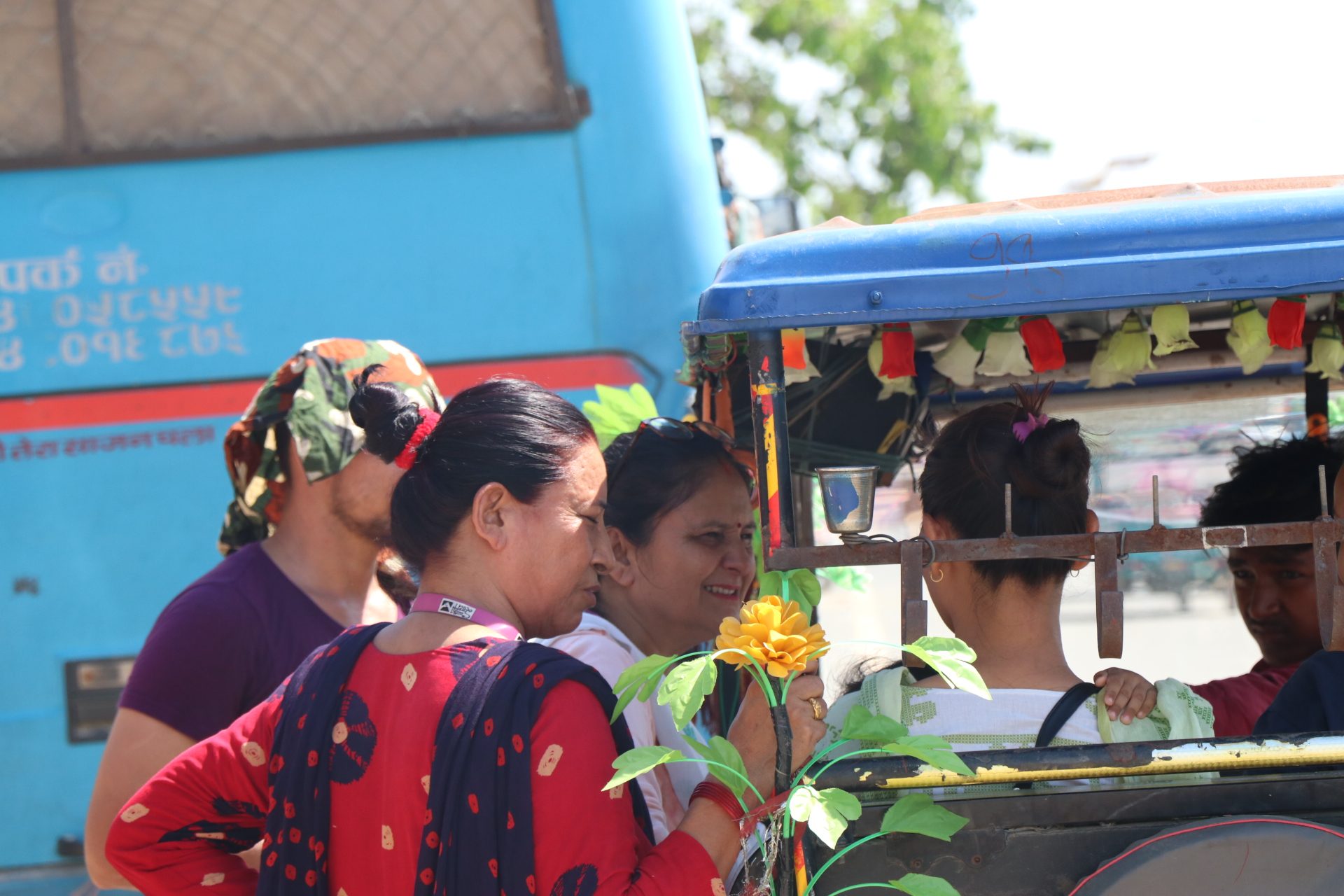
Tika, a counsellor at an information booth supported by Plan International at the Nepal-India border, emphasises the importance of vigilance. “Girls, young women, and children are often asked about where they are travelling to and why to check if they are being taken for trafficking purposes,” said Tika. Suspicious cases are closely monitored, with inquiries and counselling offered. The shelter serves as a safe haven for survivors of trafficking, gender-based violence, and child marriage.
“Girls, young women, and children are often asked about where they are travelling to and why to check if they are being taken for trafficking purposes.”
Tika, the Counselor
Now safely back home, Nizam received counselling to help him recover from his harrowing ordeal. His mother expresses profound gratitude to the team that worked tirelessly to reunite them.
Nizam’s story serves as a powerful testament to the determination of individuals and organisations working to protect vulnerable children and preserve families. In a world where dangers lurk at every corner, hope shines bright through the efforts of those dedicated to safeguarding our most precious assets—our children.
About the project
The Prevention, Tracking, Education, and Transformation is a multi-year project to stop child and human trafficking in Nepal, run by Plan International in Nepal and India. The main goals of the project are to work alongside children, families, and communities in Nepal to:
- – Strengthen prevention mechanisms against child trafficking
- – Improve the repatriation process
- – Support the safe reintegration of survivors
The project is being implemented in Sunsari, Makwanpur, and Banke districts of Nepal. Banke and Sunsari share their borders with India making them particularly susceptible to human trafficking.
*His name has been changed to protect his identity.
Protection from violence, Untagged
